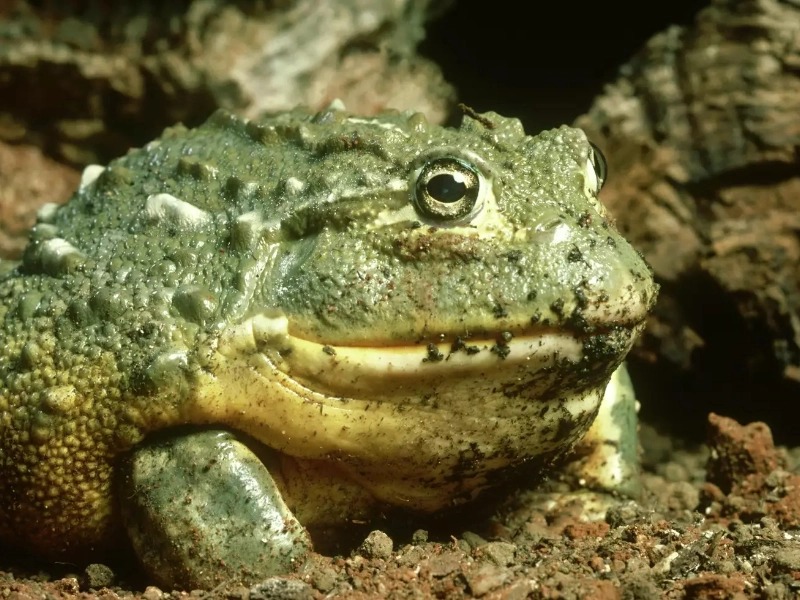
17 Animals Amazingly Adapted to Thrive in Deserts
By • Last Updated10. Meerkats

Meerkats (Suricata suricatta) are remarkable creatures known for their extraordinary adaptations that allow them to thrive in one of the harshest environments on Earth: the Kalahari Desert. Typically living in groups of up to fifty individuals, these small mammals belong to the mongoose family and form tight-knit social units called mobs or clans. This social structure not only enhances their survival but also improves their ability to find food and evade predators.
A key adaptation for meerkats is their foraging strategy. They primarily feed on insects, snakes, scorpions, roots, and tubers, extracting vital moisture from these food sources. In the arid Kalahari, where water is scarce, this ability to derive hydration from their diet is essential. To maximize their foraging efficiency, meerkats take turns searching for food while others remain vigilant for potential threats. Their gregarious nature allows them to coordinate efforts and increase their overall food intake.
Meerkats are also famous for their intricate burrow systems, which serve multiple purposes. These underground networks provide refuge from the searing daytime heat and the chill of nighttime temperatures, while also offering protection from predators. The complex layout of these burrows, often featuring multiple entrances and chambers, makes it difficult for predators to locate them.
To adapt further to their environment, meerkats have developed various physiological traits. Their third eyelid, or nictitating membrane, helps keep their eyes moist and protects against sand and dirt. Additionally, their dark eyes reduce glare from the sun, enhancing their ability to spot danger in the bright desert landscape. Such awareness of their surroundings is vital for survival, and these physical adaptations contribute significantly to their success.
Meerkats also engage in cooperative behaviors that enhance their survival. In a practice known as sentinel duty, some individuals take turns watching for danger while others forage. The sentinels alert the group with specific vocalizations when threats approach, keeping a lookout for potential predators like snakes or birds of prey. This cooperative behavior not only strengthens social bonds within the mob but also increases the overall chances of survival for the entire group.
In summary, meerkats are excellent examples of adaptation to desert life. Their dietary habits, social structure, and physiological features enable them to thrive in the demanding Kalahari Desert. Understanding these unique adaptations is crucial for their conservation and for preserving the delicate balance of their habitat, especially as habitat loss and climate change continue to threaten ecosystems worldwide.